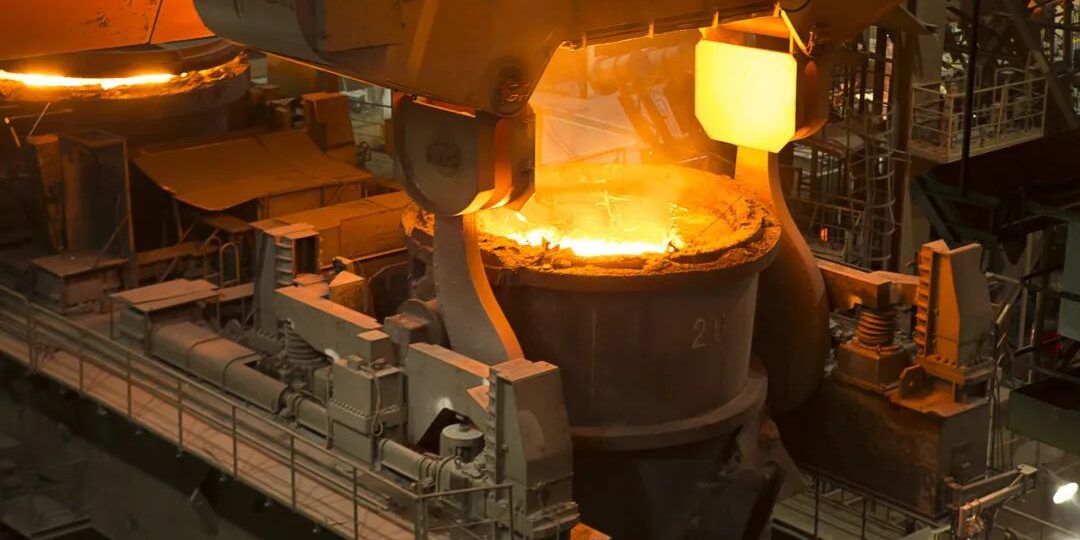Can foam formation in heat exchangers lead to any safety hazards?
Yes, foam formation in heat exchangers can indeed lead to safety hazards. Here’s how:
-
Overheating and Equipment Failure: Foam in heat exchangers can cause inefficient heat transfer. This can lead to overheating of the equipment, which in its turn might result in equipment failure. In extreme cases, it could result in fire hazards if not supervised properly.
-
Pressure Build-up and Explosions: Foam can cause blockages within the heat exchanger, leading to a build-up of pressure over time. If left unchecked, this could result in explosions, posing a significant threat to safety.
-
Chemical Hazards: In industries where heat exchangers are used for chemical processes, foam can inhibit the proper mixture of chemicals, leading to unexpected and potentially hazardous chemical reactions.
-
Release of Flammable or Hazardous Substances: In the event of a system failure or explosion, foam can carry embedded chemicals or flammable materials outward, potentially leading to a chemical spill or a larger fire.
-
Hampering Safety Mechanisms: Foam can also interfere with the normal functioning of safety systems and measures put in place within the heat exchanger and its surrounding environment, such as level indicators and pressure release systems.
Because of such significant safety risks posed by foam formation, defoaming agents are paramount in processes involving heat exchangers. They ensure efficient heat transfer, prevent pressure buildup, and contribute to overall operational safety in the manufacturing industry.







